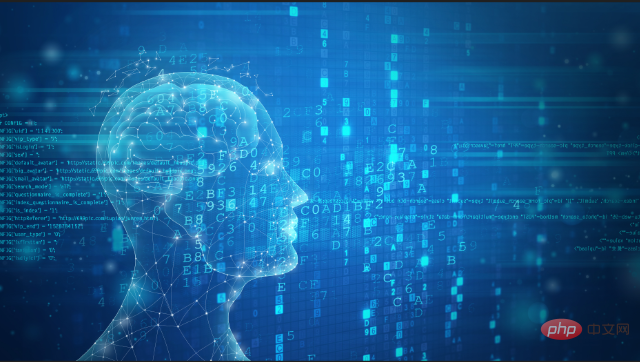Home >Technology peripherals >AI >What are the latest technology trends in biometrics?
What are the latest technology trends in biometrics?
- WBOYWBOYWBOYWBOYWBOYWBOYWBOYWBOYWBOYWBOYWBOYWBOYWBforward
- 2023-04-13 16:28:031375browse

Biometric technology is both a mature technology in the field of physical security and an innovation that is always at the forefront. Biometric technology has received a boost during COVID-19, with “contactless” becoming a buzzword particularly relevant to the biometric world. Higher security requirements, such as “two-factor authentication”, are also driving the demand for biometric products. So, what are the latest technology trends in biometrics?
While businesses are grappling with the complexities of new biometric laws, biometrics have become an important part of access control as standard proximity cards no longer Provides adequate protection for most businesses. Biometric technology that works hand-in-hand with card readers, in the form of fingerprints and facial recognition combined with Bluetooth and smartphones, is growing in popularity.
Additionally, the rise of edge computing for biometric access control solutions increases efficiencies across the enterprise to save time and costs. Therefore, the biggest challenge for enterprises is to manage and protect this large-scale aggregation of data points, avoiding piecemeal systems and moving to a complete surveillance system that integrates access control, video, audio and any other physical Security Measures.
Biometric technology has the potential to transform digital identity verification for a variety of applications, including securing access to sensitive areas, creating frictionless traveler journeys, automating border controls, ensuring online identity verification, authenticating payment transactions, and more.
Biometrics are increasingly used as an advanced and secure multi-factor authentication method because physical characteristics are harder to counterfeit than passwords, PINs or cards. Additionally, frictionless biometric technologies, such as facial recognition readers, can provide a safer and more hygienic way to implement multi-factor authentication.
Artificial intelligence and deep learning algorithms are used to enhance the performance of biometrics and authentication, including bias removal and liveness detection in facial recognition. These algorithms are rigorously designed, tested, and verified by recognized authorities such as NIST to ensure accuracy and efficiency in real-life situations.
We are seeing more and more facial recognition products that combine various elements, such as face with iris, card and PIN from Princeton Identity Enterprises; and the upcoming one with SABR card and PIN’s face.
These multi-factor readers greatly improve the identification capabilities of this biometric technology, improving performance and end-user perception of its flexibility and security.
Another exciting area of development is facial recognition in video analysis. This is increasingly happening in this space, and while there are data privacy requirements to be aware of, it opens up many possibilities for the future.
And there has been an increase in the use of multi-factor authentication, which may include biometrics such as fingerprint or facial recognition. However, biometrics can be simulated, so the effectiveness of the technology depends on the quality of the reader and the liveness detection implemented by the manufacturer.
In 2020, the National Institute of Standards and Technology (NIST) updated standard SP800-63B, which defines certification. Identity verification is the process of proving that a person is who they say they are.
Single-factor authentication like an access card does not completely prove who the person is because someone could have stolen the card. So, are fingerprint or facial recognition readers the ideal technology for any door?
In SP800-63B, NIST concluded that biometrics are not recommended as single-factor authentication for high-security authentication, Because the process of identifying a person from biometrics is statistical, it is possible for different people to match another person's biometrics.
However, the SP800-63B does show that biometrics are an excellent authenticator or second factor. Since the verification has already identified the person, the statistical match of the biometrics can be closer and there is less chance of false positives.
Summary
Biometric products and capabilities continue to evolve, even as they find new and expanded applications in the physical security market. The origins of biometrics date back to at least the 14th century, when China introduced fingerprint recognition to track merchants and their children. Although biometric technology is not new, it is a "new technology for good" that is constantly evolving to meet the needs of physical security and other applications.
The above is the detailed content of What are the latest technology trends in biometrics?. For more information, please follow other related articles on the PHP Chinese website!
Related articles
See more- Technology trends to watch in 2023
- How Artificial Intelligence is Bringing New Everyday Work to Data Center Teams
- Can artificial intelligence or automation solve the problem of low energy efficiency in buildings?
- OpenAI co-founder interviewed by Huang Renxun: GPT-4's reasoning capabilities have not yet reached expectations
- Microsoft's Bing surpasses Google in search traffic thanks to OpenAI technology

